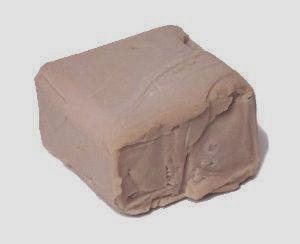We’ve decided to start sharing bread product tips and recipes. Hope this is helpful to you in your bread making projects.
| Bread (Courtesy: trialx.org) |
Yeast is the raising agent used in the bread making process. Here are some interesting things to know about yeast while planning your next bread making project.
Yeast is a single-celled micro-organism that can multiply at extremely rapid rates; it can double in as few as 2 hours depending on how it is activated (see below). When you mix the yeast into your bread dough after activation, it feeds on sugar and creates gas hence the “rising” of the dough.
To activate the yeast; put the yeast in lukewarm water and let it sit for at least 5 – 10 minutes; you will notice the yeast will bubble, sludge and start doubling. You can also add a bit of sugar into the yeast water, it activates the yeast faster. This is because the yeast feeds on the sugar and multiplies at a faster rate.
| Activated Yeast (Courtesy: llemonade.com) |
There are certain kinds of yeast that are nutritional. There is one known as Brewer’s Yeast that’s grown on hops and is good for nutritional use. Another kind of nutritional yeast known as Torula Yeast grown on blackstrap molasses or wood pulp, is also good for your health. These yeasts may be consumed in water or juice. Nutritional yeast is a good energy booster. It also helps in sugar metabolism and is good for eczema, heart disease, gout and fatigue. Do not use the baker’s yeast for nutritional purposes.
| Brewers Yeast (Courtesy: iherb.com) |
If you have any other suggestions or tips on yeast, feel free to comment below. Thanks!


3 thoughts on “5 Important things to know about yeast”